Japandi style is the harmonious blend of Japanese minimalism and Scandinavian functionality, creating spaces that are both serene and inviting. This design trend has gained popularity for its focus on simplicity, natural materials, and a calming color palette.
Japandi furniture plays a crucial role in bringing this style to life, combining the sleek lines of Japanese design with the cozy elements of Scandinavian decor. In this article, we’ll explore various ideas and essential furniture pieces that can help you achieve the perfect Japandi-inspired interior.
1. What is Japandi Style

Japandi style is all about balance. It merges the minimalist, zen-like approach of Japanese interiors with the warm, hygge-focused elements of Scandinavian design. The result is a space that feels both grounded and inviting, with a focus on natural materials, functional furniture, and a muted color palette.
Incorporating Japandi style into your home means embracing simplicity and avoiding clutter. Furniture should be functional and aesthetically pleasing, with clean lines and natural textures. The overall look should evoke a sense of calm, with each piece chosen for its beauty and purpose.
A key aspect of Japandi design is the use of natural materials. Wood, stone, and natural fibers are commonly used, bringing warmth and texture into the space. These materials are often left in their natural state, emphasizing their inherent beauty and imperfections.
2. Key Furniture Pieces for a Japandi-Inspired Living Room

The living room is often the heart of the home, and in a Japandi interior, it should reflect tranquility and comfort. To create a Japandi-inspired living room, start with a low-profile sofa in neutral tones. Look for pieces with clean lines and natural fabrics, such as linen or cotton, that offer both comfort and simplicity.
A wooden coffee table with a minimalist design is another essential piece. Opt for tables made from light or medium-toned wood, such as oak or ash, to maintain the natural, earthy feel of the space. The table should have a simple silhouette, with an emphasis on craftsmanship and quality.
To complete the living room, consider adding a few well-chosen accessories. A woven rug in a neutral color, some handmade ceramic vases, and a few houseplants can add warmth and personality without overwhelming the space. Remember, in Japandi design, less is more, so choose accessories that enhance the overall aesthetic without adding clutter.
Read More: Masculine Kitchen Decor: Stylish Ideas for a Manly Cooking Space
3. Dining Room Ideas: Minimalism Meets Warmth

In the dining room, Japandi style emphasizes the importance of functionality and comfort. A wooden dining table is a must-have, preferably one with a simple design that showcases the beauty of the wood grain. The table should be large enough to accommodate family and friends, reflecting the Scandinavian emphasis on togetherness.
Pair the dining table with sleek, comfortable chairs that offer both support and style. Upholstered chairs in neutral tones can add a touch of softness, while wooden chairs with clean lines maintain the minimalist aesthetic. For a truly Japandi look, consider mixing and matching chairs to add visual interest while keeping the overall design cohesive.
Lighting is another crucial element in a Japandi dining room. Choose pendant lights with a simple, elegant design, perhaps made from natural materials like paper or rattan. These lights should provide a warm, inviting glow, enhancing the cozy atmosphere that is central to Japandi style.
4. Creating a Serene Japandi Bedroom

The bedroom is a sanctuary in Japandi design, where simplicity and comfort take center stage. A low platform bed made from natural wood is the perfect choice, as it reflects both Japanese minimalism and Scandinavian functionality. The bed should have a clean, unadorned design, with a focus on comfort and quality.
To complete the look, choose bedding in soft, neutral colors. Linen or cotton in shades of white, beige, or gray will create a calming atmosphere, ideal for relaxation. Keep the bedding simple, with minimal patterns or embellishments, to maintain the serene, uncluttered feel.
In addition to the bed, consider adding a few pieces of functional furniture, such as a wooden nightstand and a minimalist dresser. These pieces should be made from natural materials and feature clean lines, ensuring they complement the overall Japandi aesthetic. To enhance the tranquility of the space, limit decorative accessories to a few carefully chosen items, such as a small plant, a piece of artwork, or a simple lamp.
5. Japandi Home Office: Functional and Stylish

With more people working from home, creating a Japandi-inspired home office can help foster focus and productivity. Start with a sturdy wooden desk that offers plenty of workspace while maintaining a minimalist design. The desk should be free of unnecessary details, allowing it to blend seamlessly into the rest of the room.
Choose a comfortable chair that supports good posture and complements the natural materials used in the desk. An ergonomic chair in a neutral color can provide the comfort needed for long workdays without sacrificing style.
To keep the space organized and clutter-free, incorporate smart storage solutions. Floating shelves or built-in cabinets made from natural wood can provide storage without overwhelming the space. Keep accessories to a minimum, focusing on items that are both functional and aesthetically pleasing, such as a simple desk lamp or a few small plants.
6. Japandi Kitchen: Simplicity and Function

In the kitchen, Japandi style emphasizes clean lines and practical design. Opt for cabinetry made from light-colored wood or matte finishes that echo the natural materials found throughout the rest of the home. The cabinetry should feature simple, unadorned doors and minimal hardware, creating a sleek and modern look.
For countertops, consider materials like wood or stone that add warmth and texture. The kitchen island, if you have one, should be a central feature, with a focus on functionality and simplicity. A wooden or stone countertop paired with simple bar stools can create a cohesive look that ties the room together.
When it comes to kitchen accessories, keep things minimal. Open shelving made from wood can provide storage while maintaining the open, airy feel of the space. Display only the essentials, such as a few pieces of pottery or glassware, to avoid clutter.
7. Japandi Bathroom: A Spa-Like Retreat

The bathroom in a Japandi home should feel like a tranquil retreat, with an emphasis on natural materials and simple design. Start with a wooden vanity that features clean lines and a natural finish. Pair it with a vessel sink and matte black or brushed metal fixtures for a modern touch.
For the walls and flooring, consider natural stone or tiles in neutral tones. These materials add texture and warmth, creating a spa-like atmosphere. To enhance the sense of calm, keep the color palette soft and muted, with shades of beige, gray, or white.
In terms of decor, less is more in a Japandi bathroom. A few well-placed accessories, such as a bamboo bath mat, a simple mirror, or a small plant, can add warmth without cluttering the space. The overall goal is to create a serene environment that promotes relaxation and well-being.
Read More: 20 Creative Kitchen Counter Decor Modern Ideas in 2024
8. Balancing Japanese and Scandinavian Elements

Achieving the perfect Japandi style involves carefully balancing Japanese and Scandinavian elements. While Japanese design focuses on minimalism and tranquility, Scandinavian design emphasizes functionality and warmth. When these two styles are combined, the result is a space that feels both serene and inviting.
To create this balance, start by choosing a neutral color palette that includes shades of white, gray, beige, and soft pastels. These colors provide a calming backdrop that allows the natural materials and clean lines of Japandi furniture to shine.
Incorporate natural materials like wood, stone, and linen throughout the space, ensuring that each piece of furniture serves both a functional and aesthetic purpose. The goal is to create a cohesive design that feels both comfortable and uncluttered.
9. Japandi Decor: Choosing the Right Accessories

While Japandi style is minimalist, the right accessories can enhance the overall aesthetic without overwhelming the space. Focus on items made from natural materials, such as woven baskets, ceramic vases, and wooden trays. These accessories add texture and warmth, complementing the Japandi furniture while maintaining the simplicity of the design.
In terms of artwork, choose pieces that reflect the calm and serene nature of Japandi style. Abstract prints in soft colors or simple black-and-white photography can add visual interest without detracting from the overall design. Consider hanging a few well-chosen pieces on the walls, keeping the rest of the space free from unnecessary decoration.
Lighting is also an important aspect of Japandi decor. Choose fixtures that are simple and elegant, such as paper lanterns, rattan pendants, or minimalist sconces. The lighting should create a warm, inviting glow that enhances the serene atmosphere of the space.
10. Creating a Cohesive Japandi Home

To create a cohesive Japandi home, it’s important to carry the design elements consistently throughout each room. This means maintaining a neutral color palette, using natural materials, and choosing furniture and decor that reflect both Japanese minimalism and Scandinavian warmth.
Start by selecting key pieces of Japandi furniture that will serve as the foundation of each room. From there, build the design around these pieces, incorporating complementary colors, materials, and accessories. The goal is to create a seamless flow from one room to the next, with each space feeling like a natural extension of the overall design.
By focusing on simplicity, functionality, and natural beauty, you can create a Japandi-inspired home that feels calm, comfortable, and inviting. Whether you’re starting from scratch or simply looking to refresh your space, these ideas and furniture suggestions can help you achieve the perfect balance of Japanese and Scandinavian design.
Read More: Maximizing Space: Small Open Concept Kitchen Living Room Design
Conclusion
Japandi furniture offers a unique blend of Japanese minimalism and Scandinavian warmth, creating spaces that are both functional and serene. By choosing the right furniture pieces, incorporating natural materials, and embracing a minimalist approach to decor, you can transform your home into a tranquil haven that reflects the best of both design worlds. Whether you’re updating a single room or designing an entire home, Japandi style provides endless possibilities for creating a space that is as beautiful as it is functional.








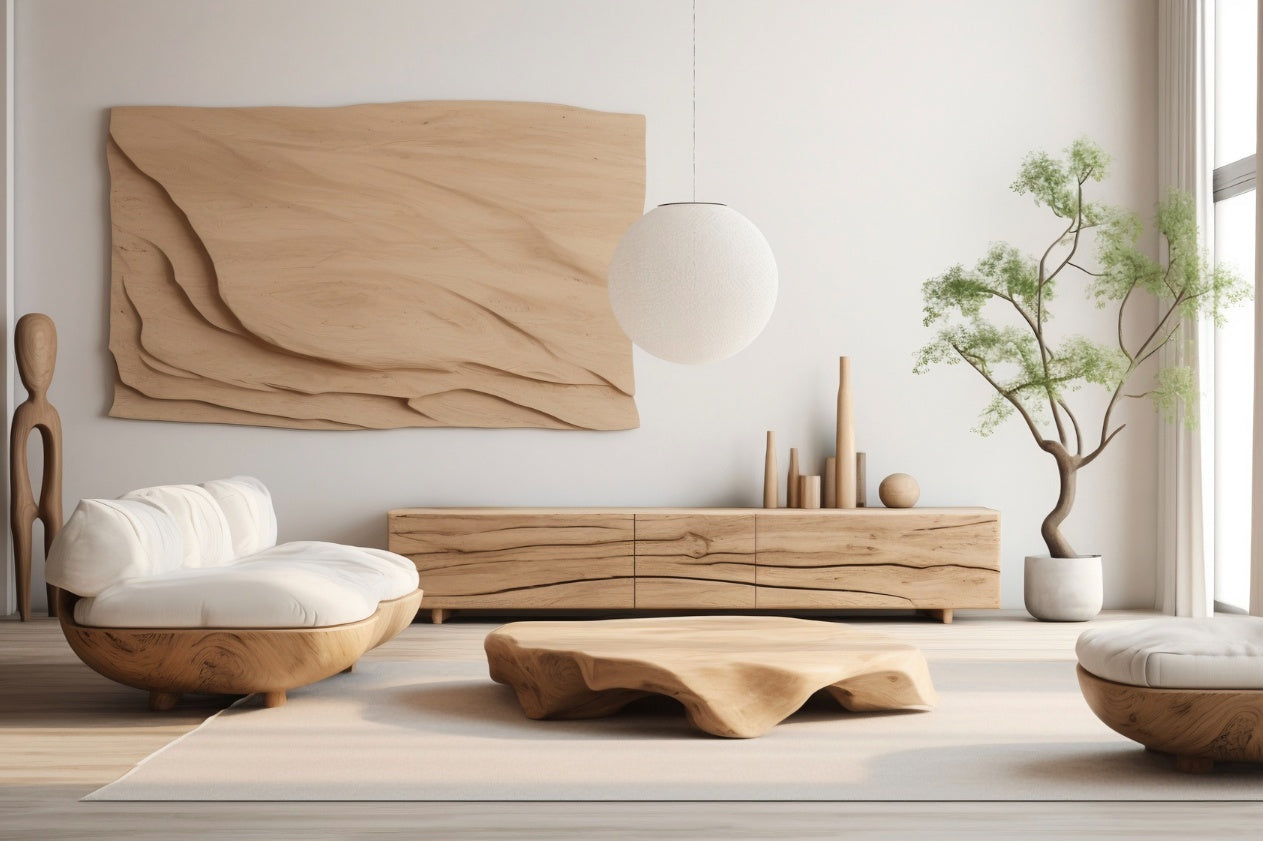









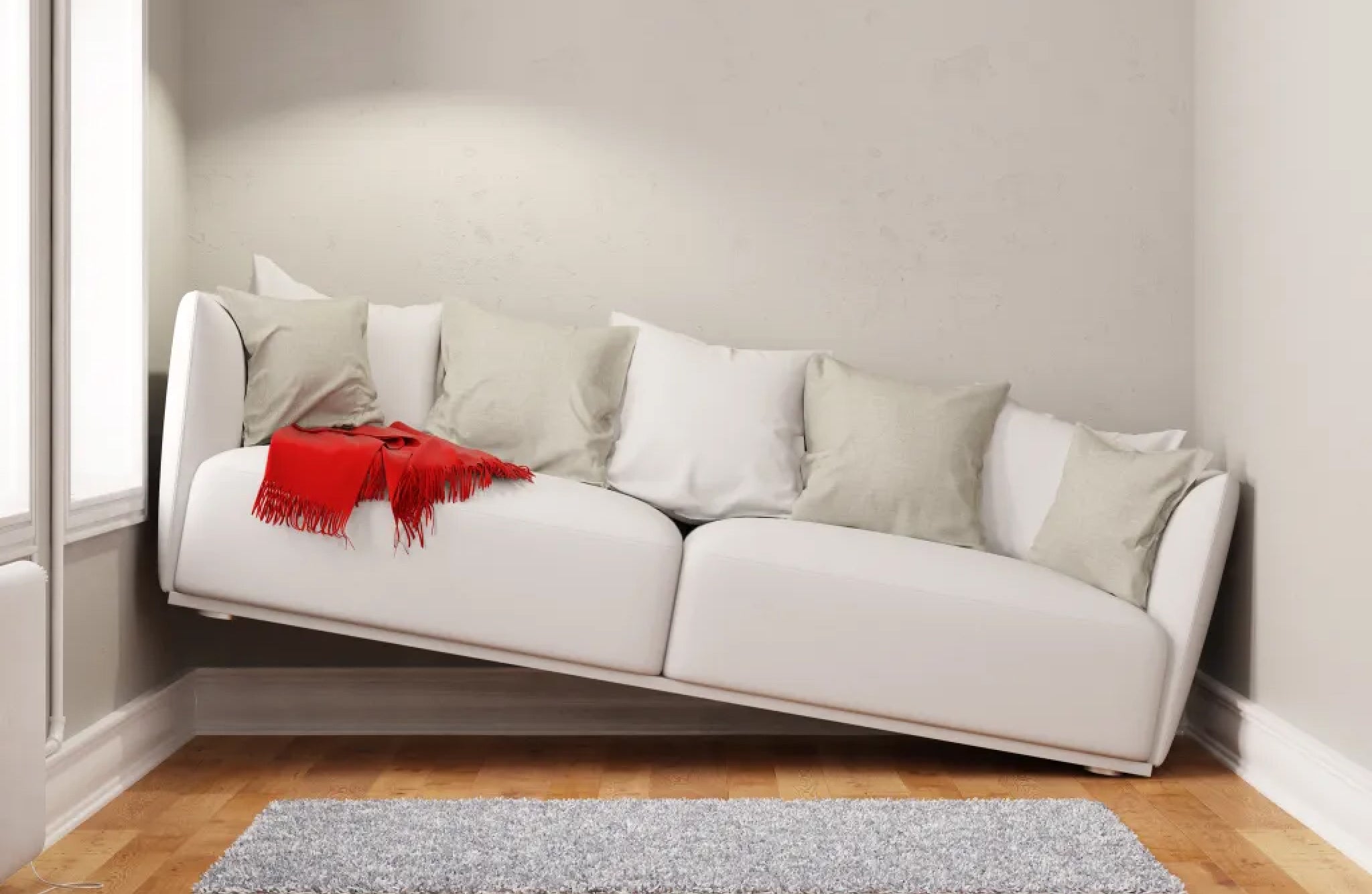
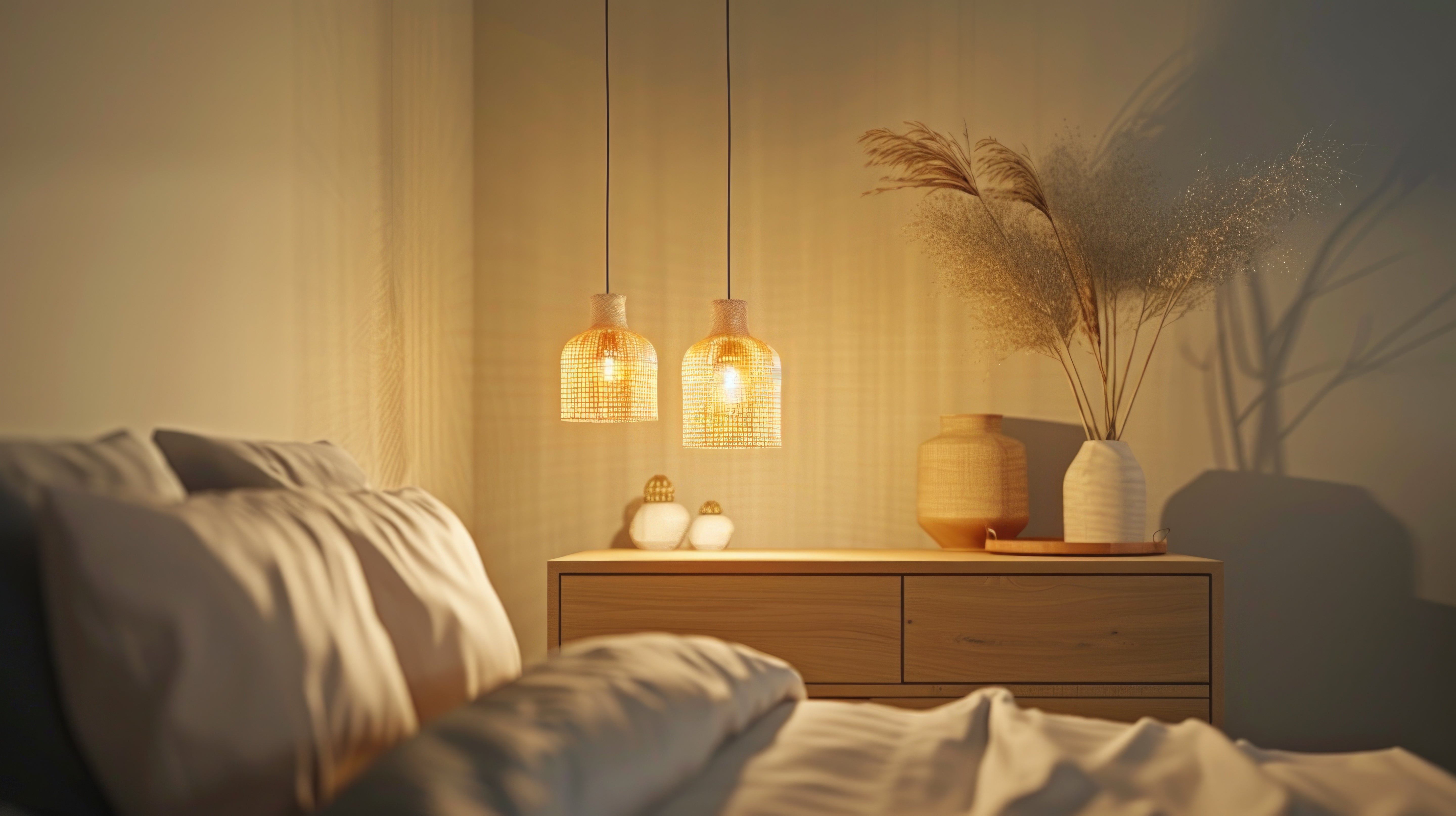
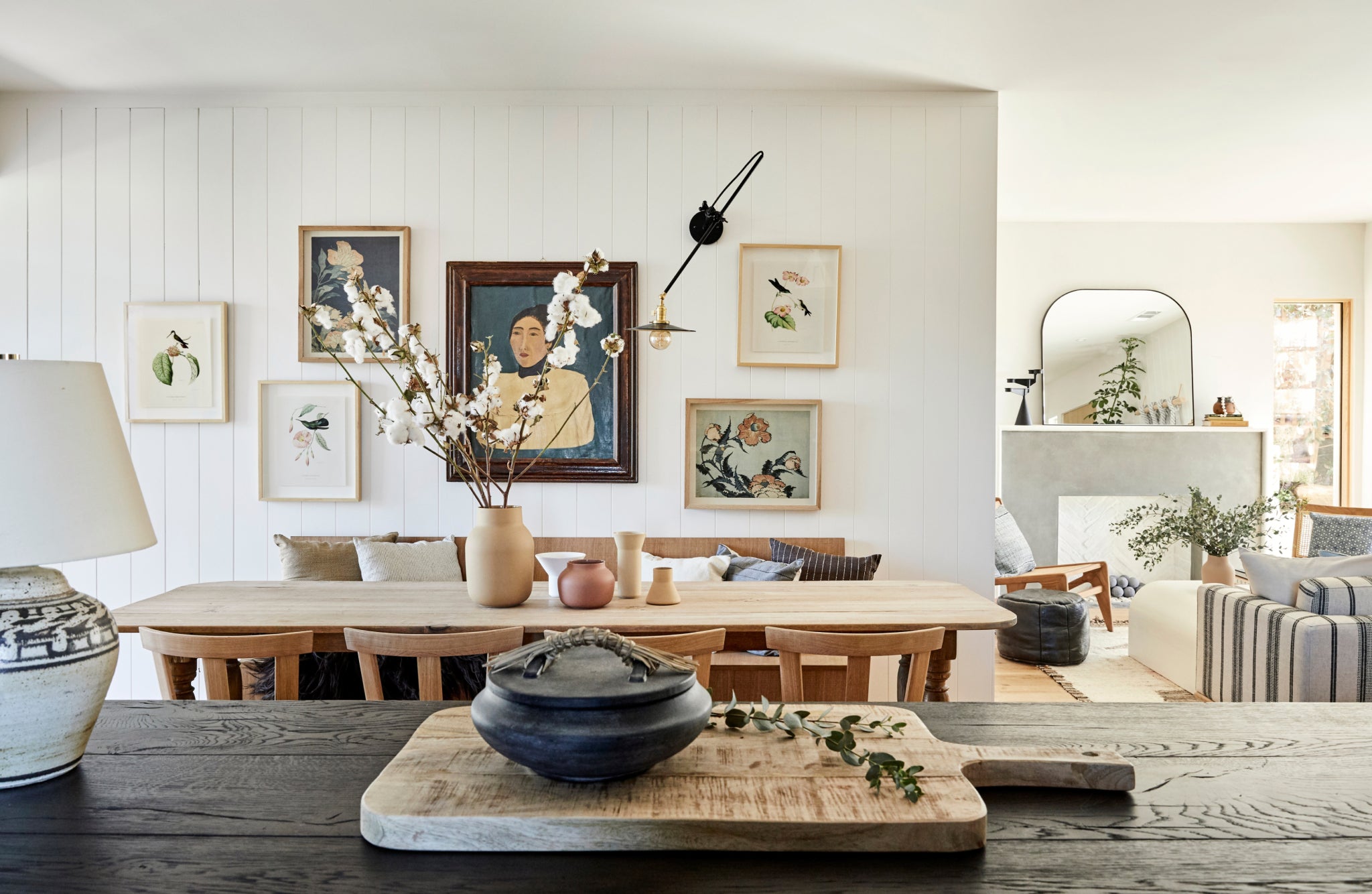

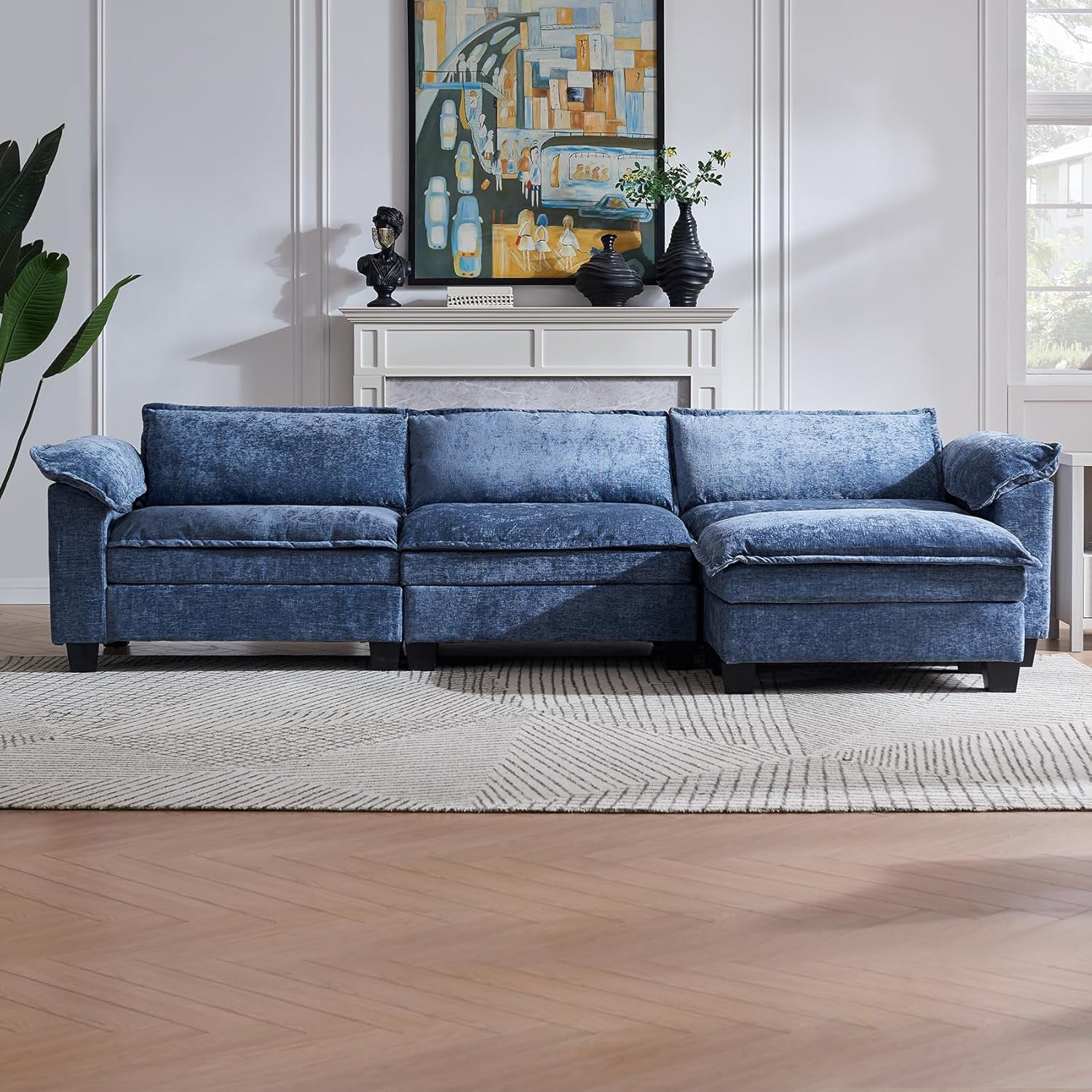

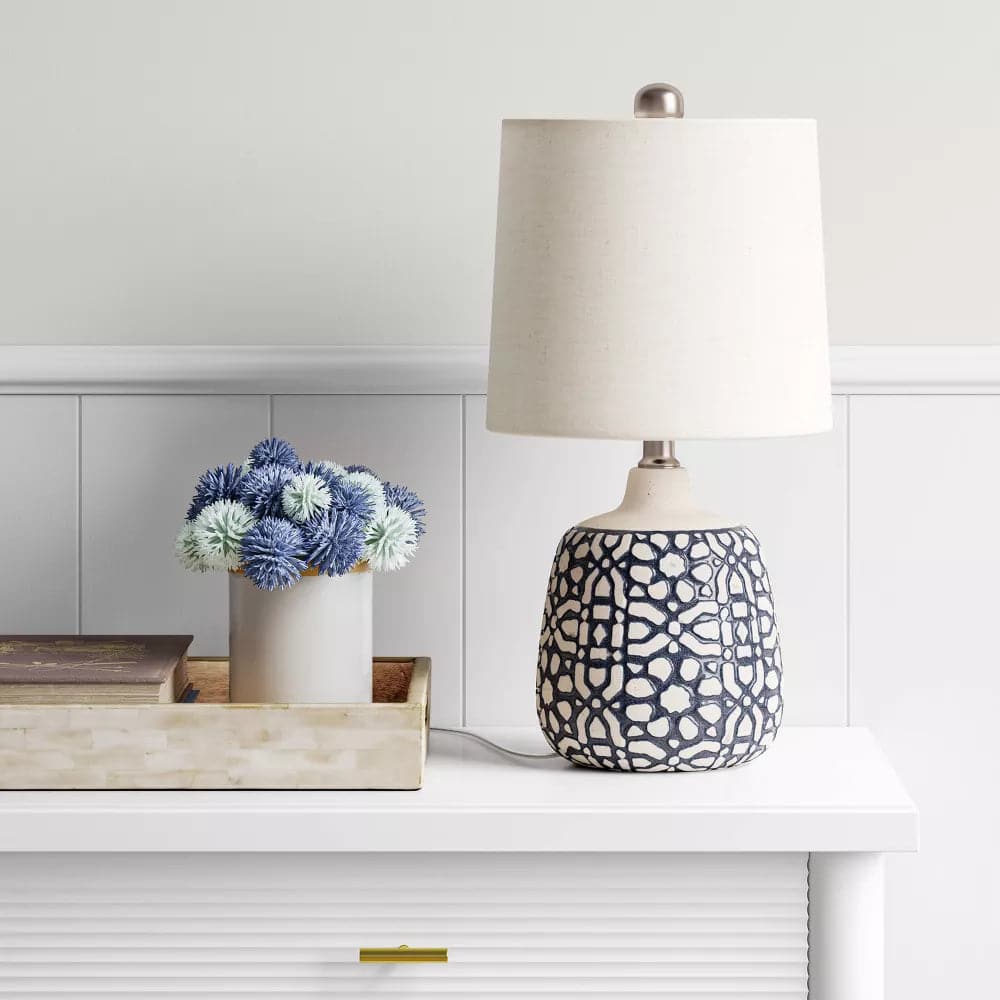
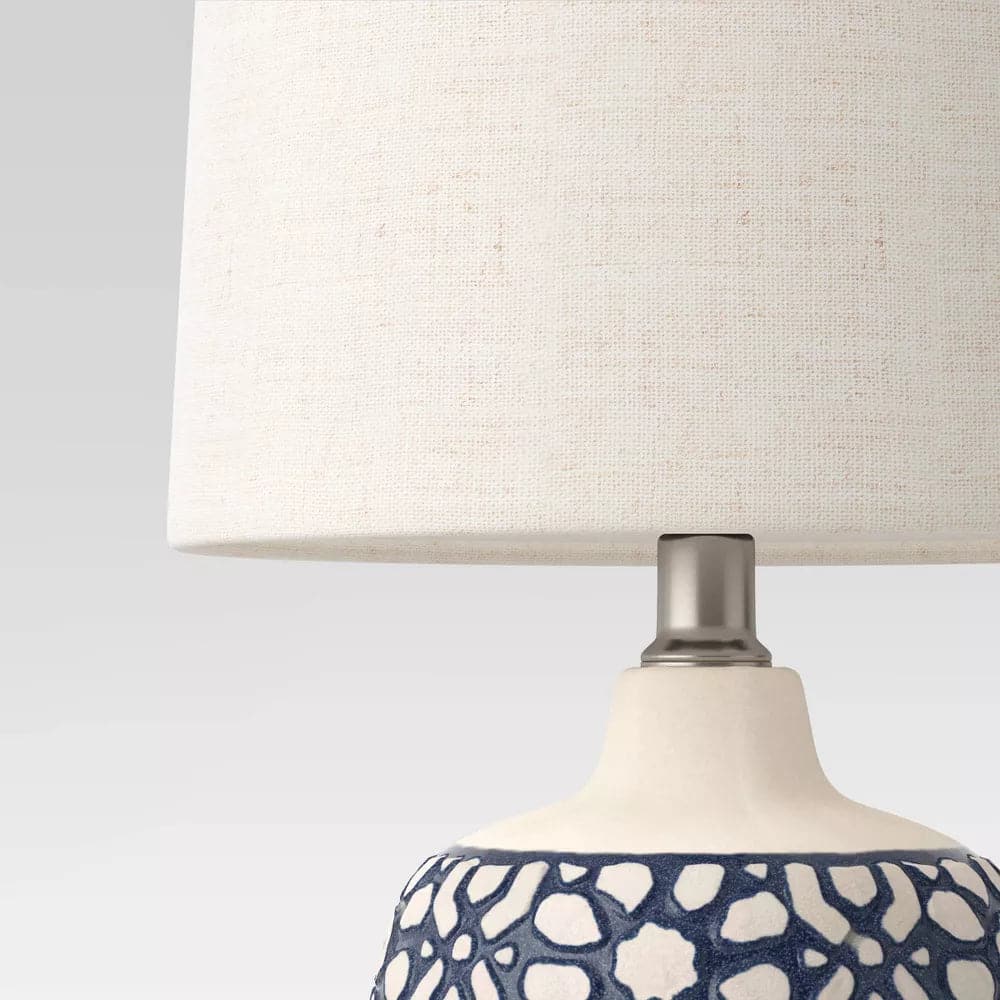

Leave a comment
This site is protected by hCaptcha and the hCaptcha Privacy Policy and Terms of Service apply.